Cat7 cable specifications
Category 7 Ethernet cable specs are defined in the ISO/IEC 11801:2002 (Information technology – Generic cabling for customer premises). This specification is also known as the Class F standard, which is why Cat7 cable is sometimes referred to as an ISO Class F cable. This Cat7 Ethernet cable specification dictates that the wired connection must be:
- Capable of delivering certain data transfer rates reliably over a defined range of distances
- Built to to meet stringent criteria around crosstalk and system noise blocking
- Able to cope with a range of potentially problematic environmental hazards as it delivers these speeds
- Be guaranteed for a minimum lifespan in continual operation
In the following sections, we’ll look at each of these specifications in more detail.
Cat7 cable speed
Cat7 was designed to support 10 Gbps Ethernet, although laboratory tests have successfully shown its ability to far exceed this, transmitting up to 40 Gbps at 50 meters and even 100 Gbps at 15 meters – however, precise setups of compatible hardware will likely be needed to achieve these speeds in practice.
To achieve proper Cat7 Ethernet cable speeds specification, cabling runs must be able to support frequencies (bandwidth) of up to 600 MHz over 100m of copper wire. In terms of raw performance versus earlier revisions, this is theoretically 6 times greater than Cat5e (100 MHz), and 2.4 times greater than Cat6 (250 MHz), but we’ll take a slightly deeper dive into the exact differences between all these popular standards in a moment.
Cat7 cable standards
Cat7 cabling standards were ratified in 2002 to allow 10 Gigabit Ethernet over 100 m of copper cabling. Category 7 wire features four individually shielded twisted copper pairs, as well as an overall cable shield – this helps it to meet the strict criteria covering signal loss over distance, and ensures Cat7 cable is better designed to protect against potential degradation caused by issues such as crosstalk and EMI.
While Cat7 standards differ from earlier revisions such as Cat5 (Class D) and Cat6 (Class E), Category 7 (Class F) is intended to be backwards compatible with systems using either of those previous standards.
Cat 7 cable vs other Ethernet types
What is the difference between Cat6 and Cat7 cable?
The Cat 7 cable is similar in physical makeup to the previous Cat6 cable. Both versions use the same twisted and sheathed four-pair cable design as each other, capable of delivering transmission frequencies (bandwidth) of up to 600 MHz, and therefore both support 10 Gbps Ethernet signals over distances of up to 100m.
One additional strength of Cat7 cable over Cat6 is that the newer variant is better shielded against crosstalk and EMI, having been double-shielded (both individual wire twists and the cable as a whole) to meet more stringent specifications in this regard. This is the only out-of-the-box physical difference between most Cat6 and Cat7 cables – while double-shielded designs are now available with Cat6 and even earlier revisions of Ethernet grade wire, it’s part of the core design for Cat7 versions.
The criteria for the performance lifespan of Cat7 cable are also tougher. However, in terms of Cat6 cable vs Cat7, it would be misleading to claim that either was ‘better’ per se. As with so many of these sorts of products, it’s all about picking the right one for achieving what you want it to do, under the conditions you need it to do it in, and at the most cost-effective price for meeting those needs. You can find more in-depth information about Cat6 cable in our detailed Cat6 Cable Guide.
What is the difference between Cat5 and Cat7 cable?
As noted above, the jump in potential bandwidth performance between Cat5 and Cat7 Ethernet cable is stated as being in the region of around 6x improvement. This will, of course, depend to a large extent on other factors, particularly for many home users still connecting via increasingly cost-effective Cat5 cabling in their Ethernet/LAN setups due in part to its easy installation and routing.
Key considerations here will generally include the capabilities of individual hardware components elsewhere in the system, and the rated speeds you have access to through your Internet Service Provider.
What is the difference between Cat7 and Cat8 cable?
Cat8 cable was only very recently ratified as a standalone revision, and a noteworthy aspect of the Category 8 standard (under ANSI/TIA 568-C.2-1) is that it’s defined up to 2000 MHz – but only for distances up to around 30m, depending on the specific patch cords used.
In terms of Cat7 vs Cat8 networking performance, the latter is now available on the open market, but buyers should bear in mind that it’s currently intended almost exclusively for use in smaller footprint data centres (where there’s very little distance between servers and switches).
The newest revision may well become a viable option for more general use in due course, but currently, it’s not recommended for most scenarios in which a standard Cat7 version would be expected to perform well.
Types of Cat7 cable
Cat7a cable
The Cat7a specification refers to ‘Category 7 augmented’, or Class F Augmented products. This was introduced by ISO 11801 Edition 2 Amendment 2 (2010), and is defined at frequencies up to 1000 MHz.
Category 7a cable was likely originally introduced as a future-proofing step for the anticipated wider uptake of a 40 Gbps Ethernet standard – however, in 2016 a new ratification meant that this responsibility was effectively handed over to Cat8 cables specified to 2000 MHz. As a result, cable Cat7a as a standalone revision isn’t officially supported by very much equipment to run at significantly faster speeds than Cat7 versions, although speed boosts may be possible in certain applications.
Cat7a Ethernet cable is generally slightly thicker, due to additional shielding intended to boost it towards delivering 1000 MHz speeds. Even so, Cat7a is not technically recognised as a wholly separate revision by most standards today, most notably by the US Telecommunications Industry Association (TIA).
Rather, it’s generally considered alongside Cat7 for performing at similar speeds and distances in most day-to-day applications and environments. Either standard would be seen as a suitable option for demanding use scenarios, such as high-performance data centre applications.

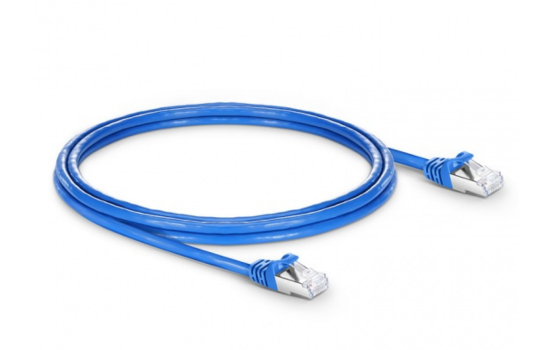
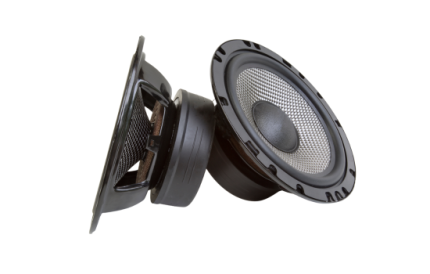
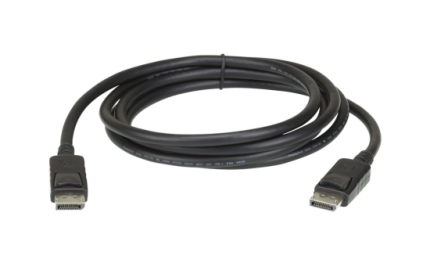
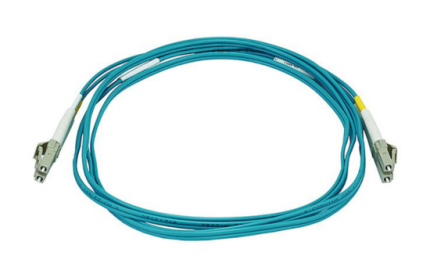
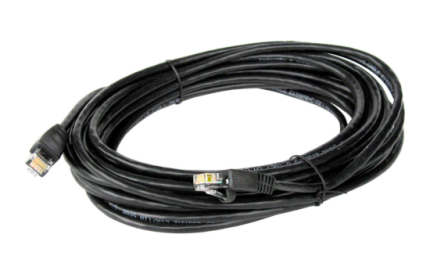
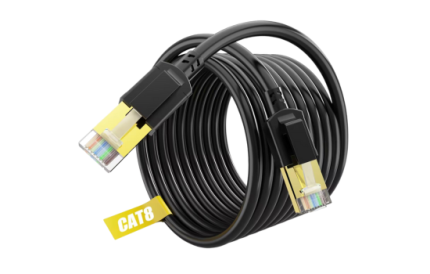
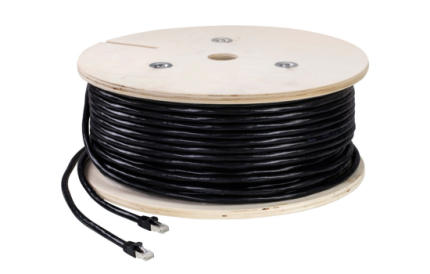
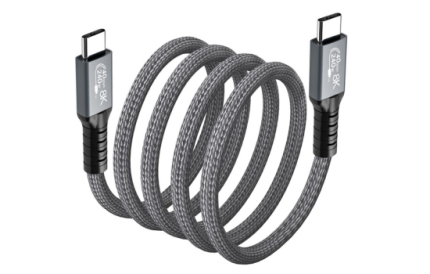
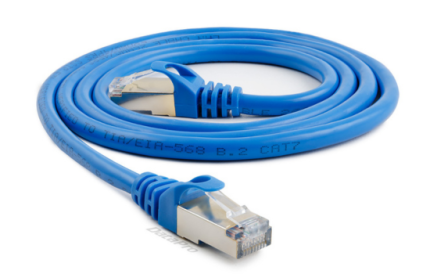
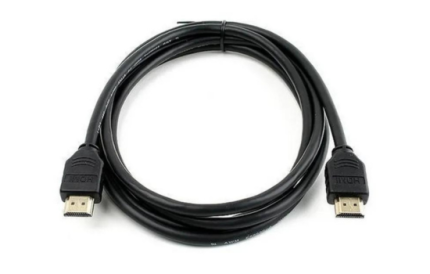
Reviews
There are no reviews yet.